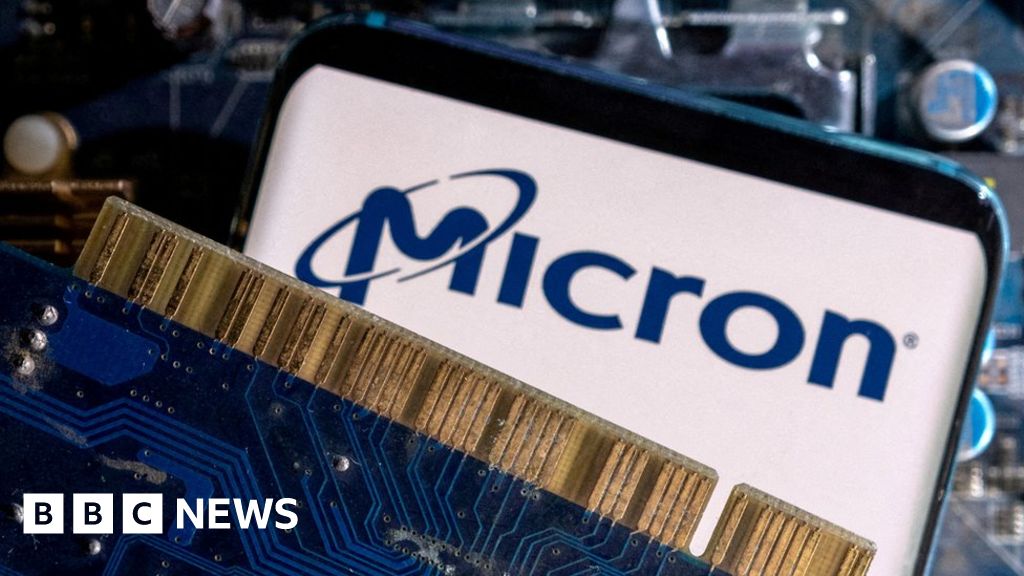I think the AGM tomorrow is a great opportunity to reflect on how far the company has come in the last 12 months.
Although the SP is yet to reflect it: the company is in a much better position than it was last year.
The no. of partners now is awesome.
ARM, SIFive, Intel, Prophesee, BRE, Intellisense, ISL, Teksun, Megachips, SOCIONEXT, Valeo, MB, Know Labs, NASA etc
Renesas will be releasing a product with us within the next 6 months if not sooner so revenue is imminent.
After listening to customers: The Gen 2 range will be in EAP’s hands before the years out which should lead to more licences and later revenue.
The Akida 1500 produced by GLOBAL FOUNDRIES should be getting tested by now. I understand that has been made in consultion with Megachips and for an unknown customer; my guess is NASA, Megachips or Socionext. That hasn’t been made for no reason. There will be a customer waiting on the other end of that process.
Mercedes is closer to releasing their EV with Akida inside which will mean revenue.
Valeo will also be pushing their Scala 3 LiDAR out soon; to be confirmed but if we are part of that, it will be awesome.
If you have any doubts re-read Brainchip‘s Gen 2 promotional material and hear from independent companies singing their praises.
So much in the pipeline I can’t wait for them to all start dropping; one by one.
Hope everyone enjoys the AGM. It’s a chance to celebrate the achievements and growth of the company.


www.bbc.com

